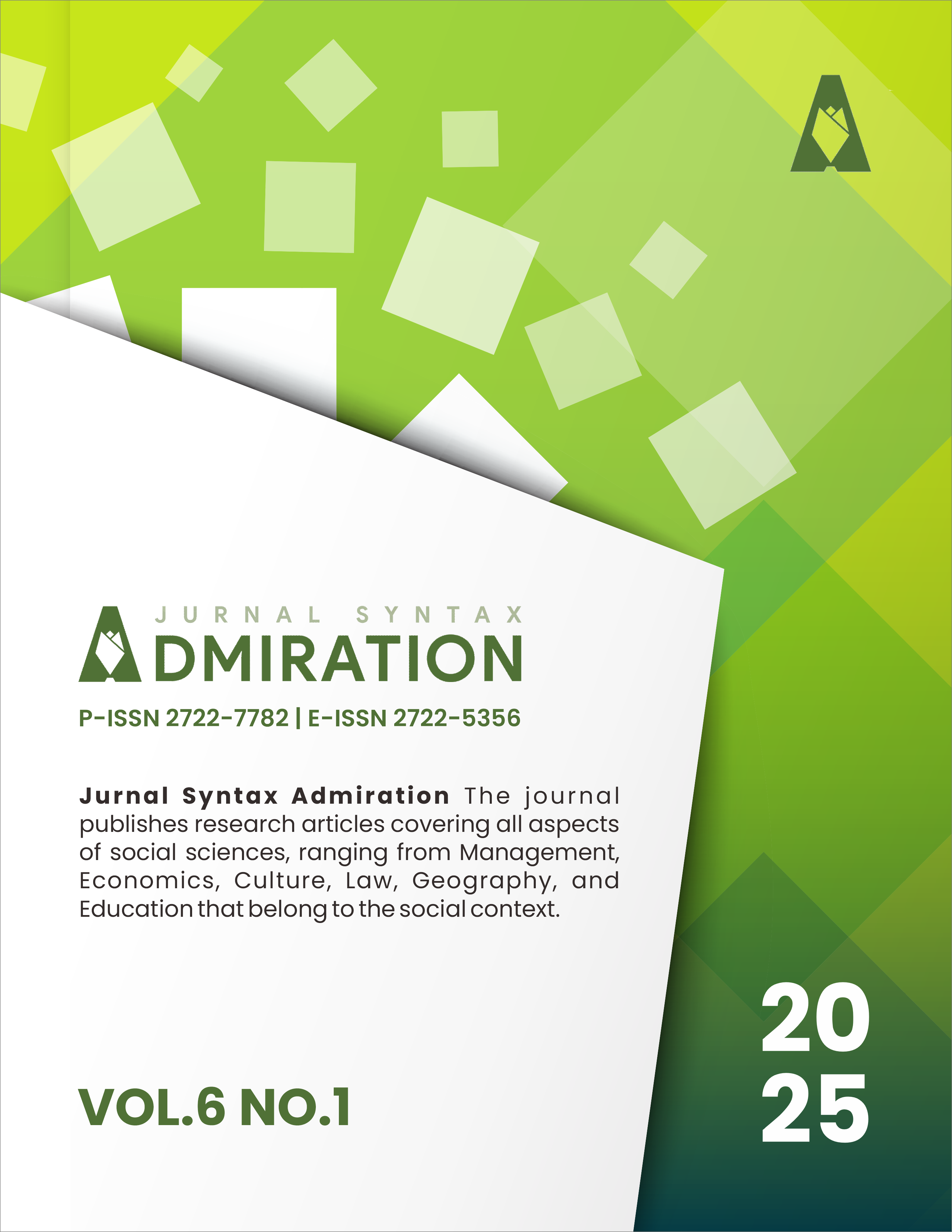A Study on The Implementation of Picture Word Inductive Model Teaching Writing
Main Article Content
The study employs a library research design by collecting and analyzing data from previously published sources. It aims to describe the steps in implementing the Picture Word Inductive Model (PWIM) strategy for teaching writing and to explain its effectiveness in improving students' writing skills. Primary data were obtained from Emily F. Calhoun's book (1999), while secondary data were gathered from six journal articles published between 2017 and 2021 on PWIM's implementation in teaching writing. The study identifies 10 steps in implementing the PWIM strategy: selecting and identifying pictures, creating a picture-word chart, reading and reviewing the chart aloud, reading and classifying words, spelling words, adding words, creating titles, generating sentences and paragraphs, and reviewing sentences and paragraphs. However, variations in these steps were observed in the reviewed studies, with adaptations made to accommodate students’ age, knowledge, and learning environment. All studies reported an improvement in students' ability to write descriptive texts when using PWIM. Its effectiveness is attributed to the use of engaging pictures that stimulate inductive thinking and motivate students to actively participate in the learning process. The study has several implications. Teachers should be creative in selecting pictures as learning media to optimize PWIM's impact. For schools, PWIM can support effective teaching and learning activities. At the student level, the strategy is applicable across educational levels for teaching writing skills. Regarding writing itself, PWIM provides visual stimuli that enhance students’ achievement. In conclusion, the study highlights the significance of PWIM as an effective strategy in teaching writing, offering insights into its potential for improving students' writing skills
Badini, I., Toivainen, T., Oliver, B. R., & Kovas, Y. (2018). Early predictors of creative writing at age 9. The European Proceedings of Social & Behavioural Sciences EpSBS, 49(8), 63–74.
Berutu(2019) Teaching Writing Descriptive Text Through Picture Word Inductive Model to The Eight Grade Student of SMP Mulia Pratama.
Carroll, B. (2023). Writing and editing for digital media. Routledge.
Chicho, K. Z. H. (2022). An analysis of factors influencing EFL learners’ writing skills. Canadian Journal of Language and Literature Studies, 2(2), 28–38.
Fadilah, N., Akmal, A., & Ariffin, K. (2020). Developing Students’ Communicative Writing Skills through Blogging. International Journal of Modern Languages And Applied Linguistics, 4(3), 1–13.
Faraj, A. K. A. (2015). Scaffolding EFL Students’ Writing through the Writing Process Approach. Journal of Education and Practice, 6(13), 131–141.
Marisa, V. (2018). The Benefit of Using Pictures in Teaching Vocabulary to the Sixth Grade Students at SD Swasta Budi Satrya Medan in Academic Years 2017/2018: MUBTADA, 1.
Meliasari, R., Ngadiso, N., & Marmanto, S. (2018). The Picture Word Inductive Model: Its Effectiveness to Teach Writing Viewed from Students' Interest. International Journal of Language Teaching and Education, 2(3), 248-258.
Morocho, P. M. D., & Zhagüi, T. S. The importance of integrating flash cards as a visual tool inprove the retention of the meaning of verbs in the students of the ninth year of basic education.
Nabila, A., & Wibowo, J. (2022). A COMPARATIVE STUDY OF WRITING COMPETENCE BETWEEN EXTROVERT AND INTROVERT STUDENTS AT MTS MIFTAHUL ULUM SUMBERMANJING WETAN MALANG. English Language Teaching Journal, 2(1), 110–120.
Natalia Mona Monika, Clarry Sada, Wardah The Effectiveness of Picture Word Inductive Model in Teaching Writing Descriptive Text to The Eighth Grade Students of SMP Negeri 8 Pontianak in academic year 2016/2017.
Qoyyimah, Z. I. (2019). THE EFFECTIVENESS OF PICTURE WORD INDUCTIVE MODEL (PWIM) IN TEACHING WRITING ON DESCRIPTIVE TEXT. STATE ISLAMIC INSTITUTE.
Rajesh, D. (2017). Teaching writing: The problems encountered by the rural students. Research Journal of English (RJOE), 2(3), 134–137.
Sesrica, M., Jismulatif, J., & Afrianto, A. (2019). Pengaruh Penggunaan Gambar dalam Mengajar Menulis Deskriptif Teks Siswa Tahun Kedua SMPN 1 Siak Hulu. Riau University.
Sinurat, J. D. (2019). The application of picture word inductive model (pwim) to improve students’ achievements in writing descriptive text. Journal MELT (Medium for English Language Teaching), 2(2), 111–125.
Tuan, L. T. (2010). Enhancing EFL Learners’ Writing Skill via Journal Writing. English Language Teaching, 3(3), 81–88.
Yulizar, Y. (2018). Picture Word Inductive Model Effective Research as the Media for Increasing Students' Writing Aility in Descriptive Text. Jurnal As-Salam, 2(3), 142-150.


